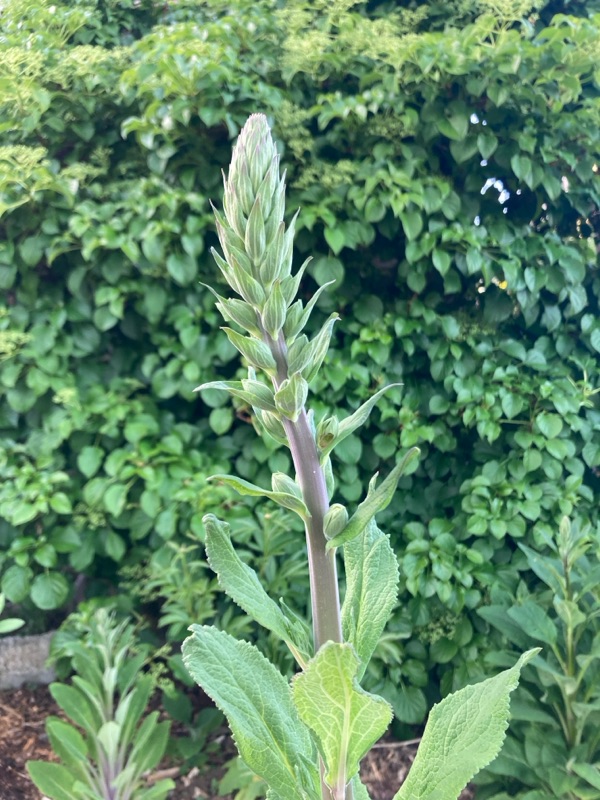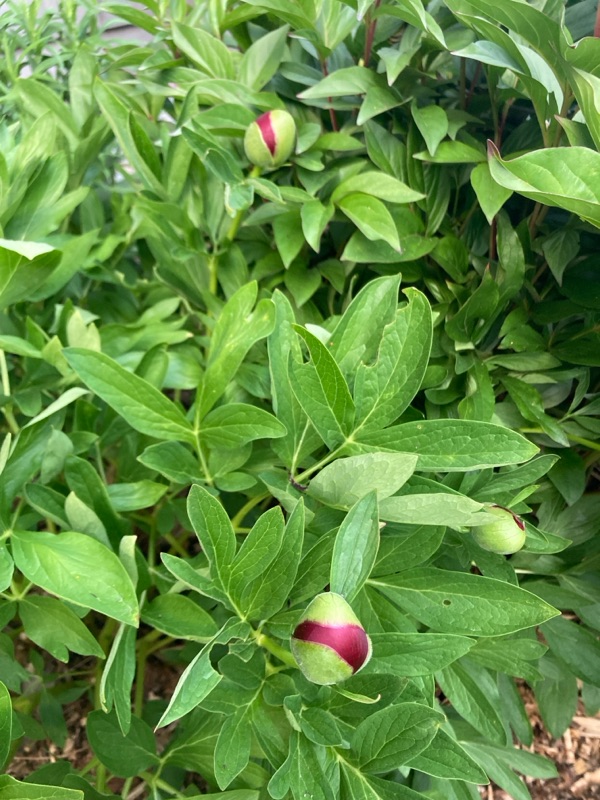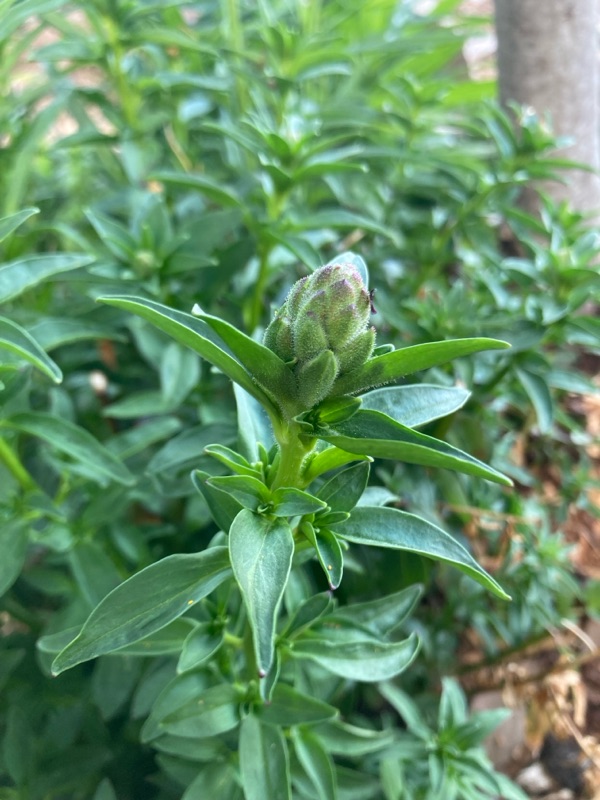December 25th
My favourite suggestion for how the date of Christmas was decided: nine months after Annunciation, i.e. God knocking up Mary, we'll celebrate a child being born. Conveniently coinciding with winter solstice and the Roman festival of Saturnalia.
Saint Nicholas
Early Christian bishop of Greek descent from Patara in Turkiye (I've been to the beach!). He evidently rescued three girls from lives of prostitution by... dropping off presents! Specifically sacks of gold coins through their windows so their fathers could afford their dowries. Ho ho ho.
Lesser known feats include chopping down a tree possessed by a demon and resurrecting three children murdered and pickled in brine. A painting of Saint Nicholas with the barreled children seems to have been misinterpreted, and has led to Saint Nicholas being adopted as the patron saint of brewers.
 |
| Illustration of Saint Nicolas from the French book "Les Grandes Heures d'Anne de Bretagne" (Grandes Heures of Anne of Brittany in English) |
Numbers
Numbers! I'm so interested in numbers! Do numbers exist without humans? What is the deal with representing numbers? Where did words for numbers ("three") come from?
My Wikipedia reading did not exactly answer the questions, but did provide more fodder for thought:
Numerals or symbols are the written or visual representation of numbers. "Number words" came first. We spoke before we wrote. Right.
A raised finger for "one" seems to elemental. "Just one," I say to Maya. "Take one." "Only one". Of course this becomes a tally, become a symbolic slash. The original line. There is some evidence we are neurologically wired to think in numbers with our hands.
Base 8 systems use the spaces between our fingers. Base 12 systems count the segments of our four fingers. There have been base 4 systems, base 5, base 60. Egyptians brought us base 10.
Did you know that the near-universal system we accept as the norm is called the Hindu-Arabic numeral system?
The mathematician Aryabhata had a system of Sanskrit consonants for small numbers (1-9) and vowels for powers of 10 (10, 100, 1,000). It was discontinued because it made unpronounceable phrases. Just remember we once had such a multiplicity in systems.
The assumed naturalness of math, its neutrality, bothers me. Re-historicize math! How did we get here? To counting to 10? To using a zero? "How can nothing be a thing," was a legitimate debate.
Finally, let us not lose the historical linkages of spirituality and numbers. Numerology influenced Greek mathematical questions. "Medieval computists" had the job of calculating when to celebrate Easter. The Hindu-Arabic numeral system that you and I probably both use has roots in Hindu cosmology, specifically calculating the lifetime of the universe.
Oh, and "one and the same" is a funny phrase when we know that "same" comes from the Proto-Indo European root *sem- meaning "one". We see the root in assemble and assimilate. "One" and "the same" are truly one and the same.





